Artist Project / A Dark Forest
The wisdom of dendrochronology
John Stoney
In the middle of the last century in the bristlecone pine forests of the White Mountains of California, Dr. Edmund Schulman went searching for, and found what at the time was believed to be, the oldest living tree on earth, the 4,844-year-old Methuselah. Schulman was working on a theory of astroclimatology linking sunspot cycles to climate change, and for this he needed to study the growth patterns of very old trees.
By comparing Methuselah’s annual growth rings against those of older deceased trees, Schulman was able to construct an almost unbroken record of that region’s climate going back eight thousand years. One year after his discoveries, Schulman was dead at the age of forty-nine. His legacy includes invaluable contributions to fields of research as diverse as climatology, biology, and anthropology. His work firmly established dendrochronology, the study of tree rings, as a science. Scientific and public awareness of Schulman’s work led directly to the establishment of the Ancient Bristlecone Pine Forest and the Schulman Grove wherein Methuselah hides in plain sight, for its protection unmarked and undistinguished.
In the middle of his life, Jack Stoney had some questions of his own about the past. He walked into the woods in search of answers. Months of research paid off in September 2012 when a tree with a germination date matching the author’s own was found: he named it Kumbukumbu. Carrying with him an unbroken core from the bark to the heart of the tree, Stoney returned to the lab to reveal the secrets held by Kumbukumbu, only to find in his detailed examination of the tree’s rings decades of failure, betrayal, and broken dreams.
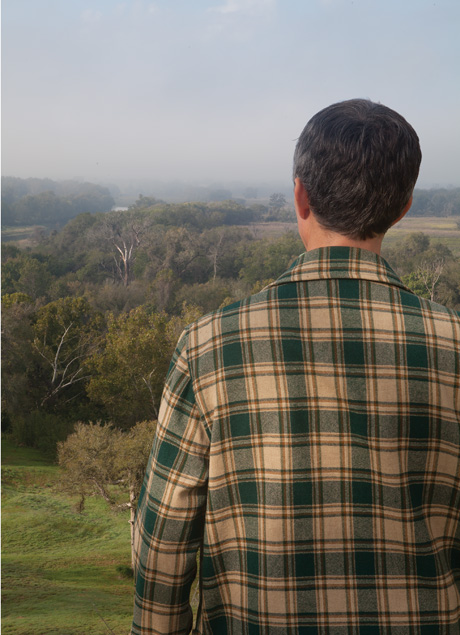
The Path to the Fixed Purpose Is Laid with Iron Rail
Here, the author surveys the first of many tracks of wilderness that he will cover over the following months.
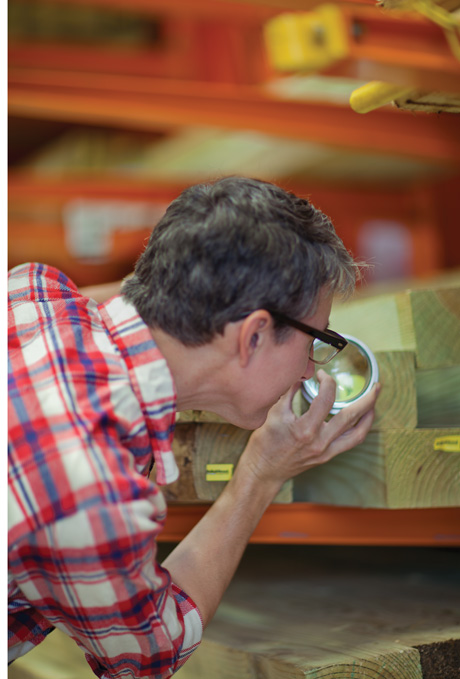
Learning the Methods of Dendrochronology
On a visit to the local lumber yard, Stoney examines pines, poplars, and oaks that were in their teens, twenties, and thirties when cut down.
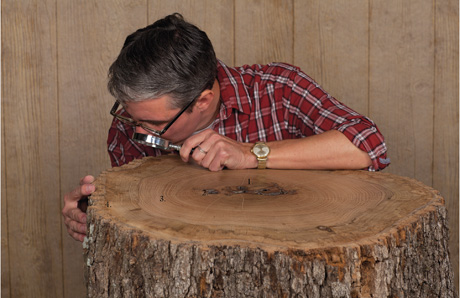
For this Old Fellow, the Author Is a Very Recent Arrival
This tree formed a ring near point number 1 when, in the spring of 1865, W. E. Stoney’s horse was shot out from under him. Point 2 indicates growth in 1914 when W. E. Stoney, Jr., returned home from Central America. When the oak laid down the ring at point 3, now precisely dated to July 28, 1945, the author’s mother was walking past the corner of 34th Street and 5th Avenue in Manhattan. The outermost ring at point 4 grew in 2012, the year the tree was cut down for study.
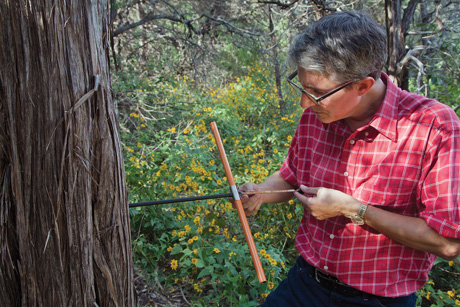
Swedish Coring Tool Extracts Capsuled History of a Life Just Shorter Than the Author’s
The author examines Pi Piti, the first tree he found that had germinated in the 1960s. Pi Piti, named after the Haitian Creole term for “younger,” began life in July 1969 when Stoney’s father was again absent from his life.
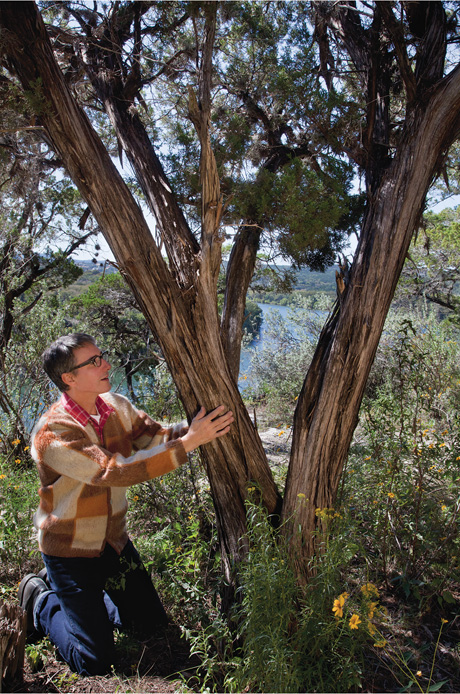
Island in the Stream
Finding a negative correlation between the ease of obtaining a sample and its usefulness, Stoney’s quest for his quarry took him from the mountains to the valleys.
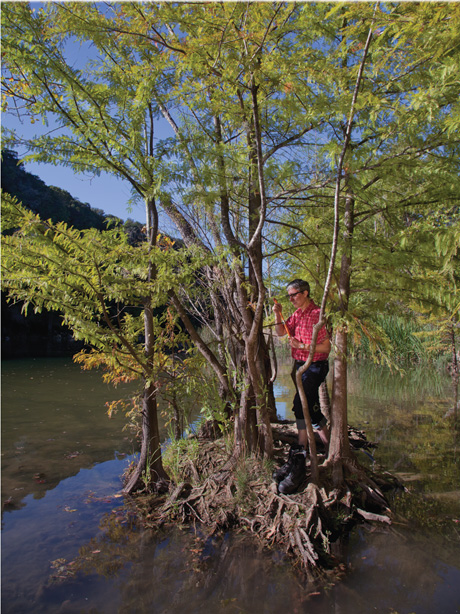
Ritrovai! The Way was Long, and the Road Difficult
After a lifetime of growing up apart, the ashe juniper named Kumbukumbu, Swahili for “memory,” and the author are united. Careful analysis of Kumbukumbu’s core reveals its date of germination: October 16, 1965. A clamp never bound wood and man together so strongly.
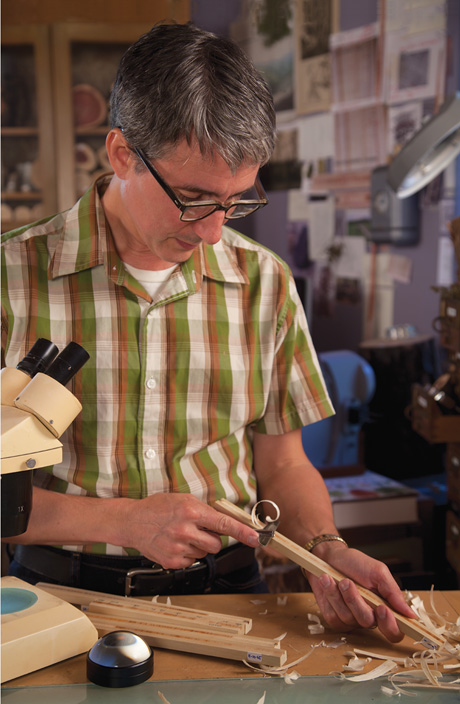
History Will Be Read as Soon as the Samples Are Prepared
After gluing pencil-thin tree cores into troughed sticks, Stoney shaves the core with a razor to ready it for analysis. One slip can mean years lost!
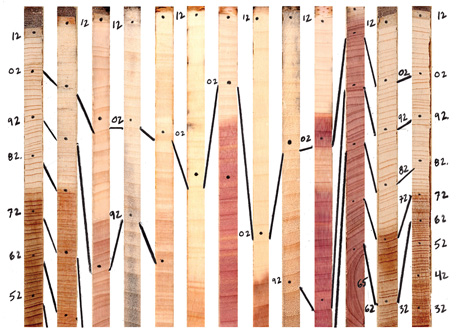
Varying Rates at Which Different Trees Record the Passing Years
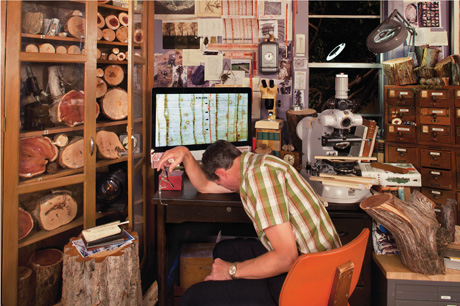
Detailed Examination of Cell Growth Reveals Secrets
Under a powerful microscope, the forty-seven annual rings reveal unexpected details from the past: dejection, gloom, and despair, for example, all have their season of growth. On the cellular level, some days are simply harder to review than others.
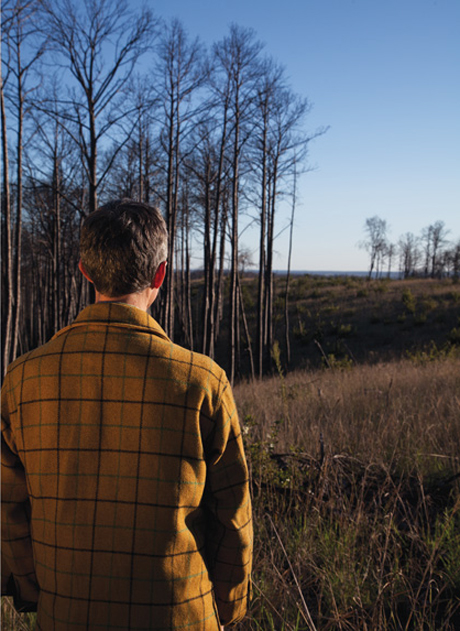
John Stoney is an artist living in Brooklyn and Austin, Texas, where he is an associate professor of sculpture at the University of Texas. He is currently working on a series of scale relationships including a 1:1 scale drawing of the General Sherman sequoia.
Spotted an error? Email us at corrections at cabinetmagazine dot org.
If you’ve enjoyed the free articles that we offer on our site, please consider subscribing to our nonprofit magazine. You get twelve online issues and unlimited access to all our archives.